The motor or neuromuscular endplate, is the contact point between a motor neuron and a muscle cell. It is also known as the neuromuscular synapse and is used to transmit excitation between a motor nerve fiber and a muscle fiber.
What is the motor end plate?
The neuromuscular synapse is an excitatory synapse that specializes in the chemical transmission of peripheral nerve stimuli to stimulate the skeletal muscles.
The nerve endings of the motor neuron and the muscle cells are connected via a plate-shaped widened contact point. This acts as a transmission point for the electrical impulses arriving from the peripheral nervous system. The motor nerve fiber and the muscle fiber it innervates, however, are separated by a narrow space. So there is no immediate point of contact. For this reason, the electrical impulses are converted into chemical stimuli to transmit the excitation.
Certain chemical messengers, so-called neurotransmitters, are used for this. As a reaction to the excitation received at the motor end plate, the neurotransmitter acteylcholine is released, which transmits the signal to the muscle cell according to the one-way street principle and thus triggers a contraction of the targeted muscles.
Anatomy & structure
A nerve cell is essentially made up of a cell body and a long nerve process, the axon. The cell body receives an excitation via dendrites, short extension-like branches, which the axon conducts.
The thickened terminal of the axon is called the synaptic terminal and is almost located, i.e. without direct contact on the targeted muscle cell. The motor end plate is to be understood as a functional unit for the transmission of excitation and is roughly composed of three parts. The presynaptic membrane belongs to the motor nerve cell and comprises the synaptic endbutton with a supply of the neurotransmitter acetylcholine, which is packed in small vesicles. In addition, voltage-controlled calcium channels are embedded in the membrane.
The postsynaptic membrane corresponds to the muscle fiber membrane and has acetylcholine receptors, which are coupled to ion channels for sodium and potassium and, by binding the neurotransmitter, cause these to open. Between the presynaptic and postsynaptic membrane lies the synaptic gap, which is mostly enriched with water molecules, but also contains ions (e.g. sodium, chloride and calcium) and enzymes for the breakdown of acetylcholine.
Function & tasks
The neuromuscular endplate enables the targeted control and contraction of the skeletal muscles through chemical stimulus transmission. As soon as the excitation, i.e. the action potential, arrives at the synapse, the voltage-controlled calcium channels in the presynaptic membrane open. The incoming calcium binds to the vesicles filled with the neurotransmitter and causes them to fuse with the presynaptic membrane.
The acetylcholine is released into the synaptic gap and diffuses to the postsynaptic muscle fiber membrane. There it binds to the acetylcholine receptors, which leads to the opening of the sodium and potassium channels. The resulting strong influx of sodium ions with a simultaneous weak outflow of potassium ions depolarizes the postsynaptic membrane potential. A so-called end plate potential is created, which triggers an action potential in the muscle cell when a certain threshold value is exceeded. The spreading action potential induces the release of calcium from the sarcoplasmic reticulum via voltage-controlled ion channels.
The released calcium then activates the sliding mechanism of the muscle fiber filaments actin and myosin. As these filaments slide into one another, the muscle shortens and a contraction occurs. After successful transmission of excitation, the acetylcholine is split off from the receptor. The enzyme cholinesterase breaks down the neurotransmitter into acetate and choline and the individual building blocks are taken up again in the presynaptic cell, where they are synthesized again into acetylcholine and then packaged in vesicles.
Diseases
Diseases in the area of the motor end plate are referred to as disorders of the neuromuscular transmission of excitation, since the connection between nerve and muscle and thus also the transmission of stimuli is damaged.
The diseases primarily include various myasthenic syndromes, which are associated with different degrees of stress-dependent muscle weakness. As a rule, the symptoms worsen in the course of the day and with tiredness, exertion or external stress factors such as stress, whereas they improve during relaxation phases. The various forms of myasthenic disorders are generally characterized by a rather atypical clinical picture with individual impairments and individual course. Myasthenia gravis is an autoimmune disease in which antibodies on the motor endplate block the acetylcholine receptors of the postsynaptic membrane.
In the generalized form that occurs frequently, the muscle weakness can spread to the entire skeletal muscles and even become life-threatening if the function of the respiratory muscles is impaired. Lambert-Eaten syndrome (LES) is also an autoimmune disease. The disturbed transmission of excitation manifests itself, however, at the synaptic terminal button. The antibodies block the calcium channels on the presynaptic membrane, which results in a limited release of the neurotransmitter actelycholine. Typical symptoms are delayed maximum strength development and rapid muscle fatigue, especially proximally and near the trunk.
LES mostly occurs in connection with tumors. However, myasthenic syndromes can also occur in conjunction with endocrine diseases such as diabetes mellitus or an overactive thyroid. In these cases, the symptoms usually subside as soon as the underlying disease is treated. However, there are also congenital disorders that can be traced back to genetic defects. Symptoms such as muscle weakness or symptoms of paralysis can also be caused by neurotoxins. The highly poisonous botulinum toxin inhibits the release of the neurotransmitter acetylcholine at the neuromuscular endplate and has a deadly effect even in low doses.

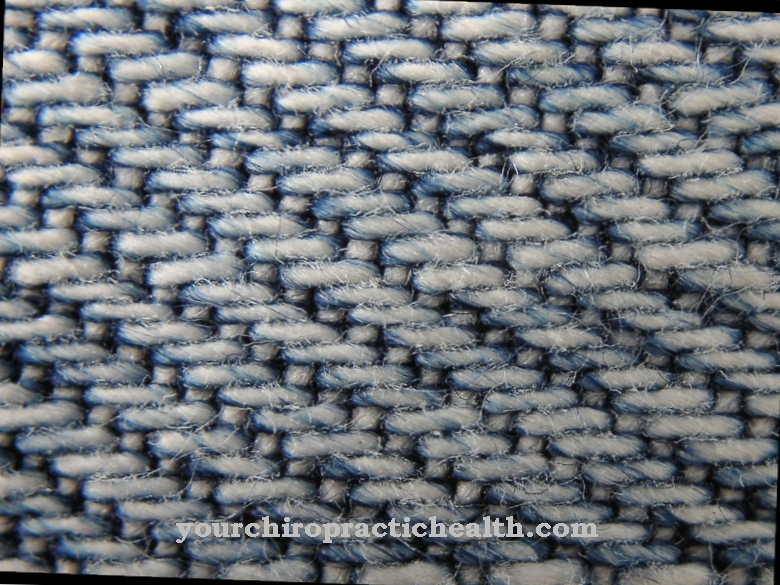
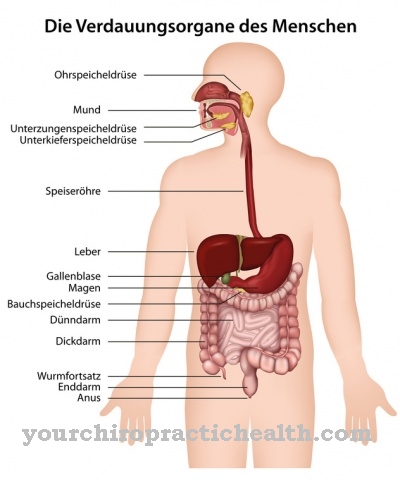
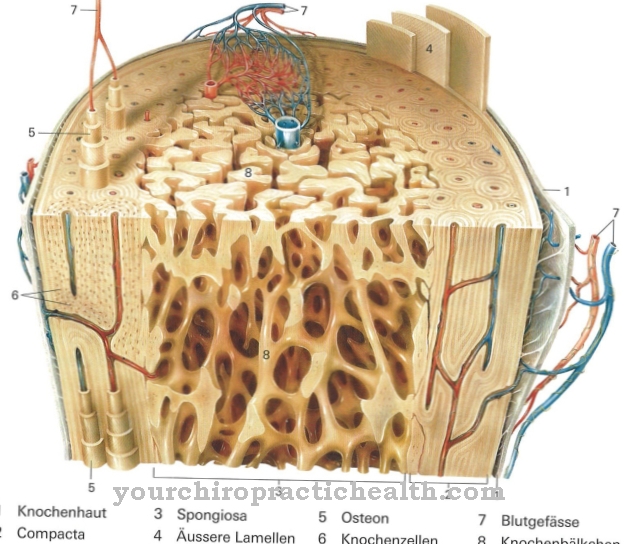
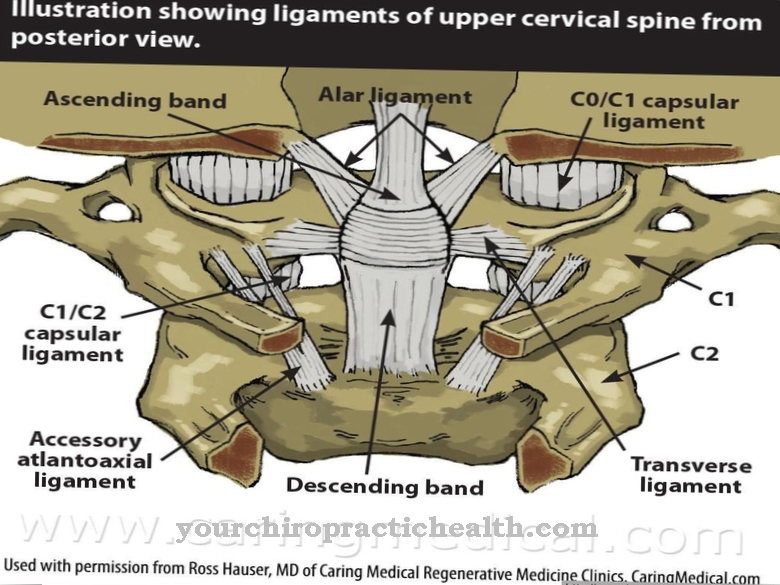
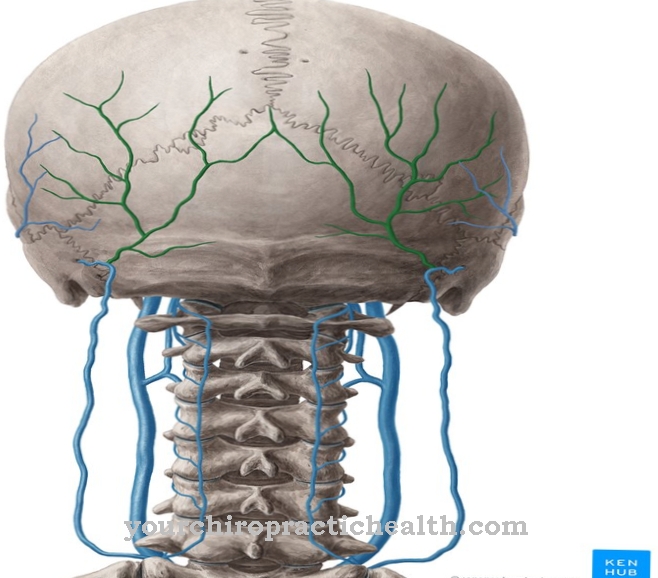
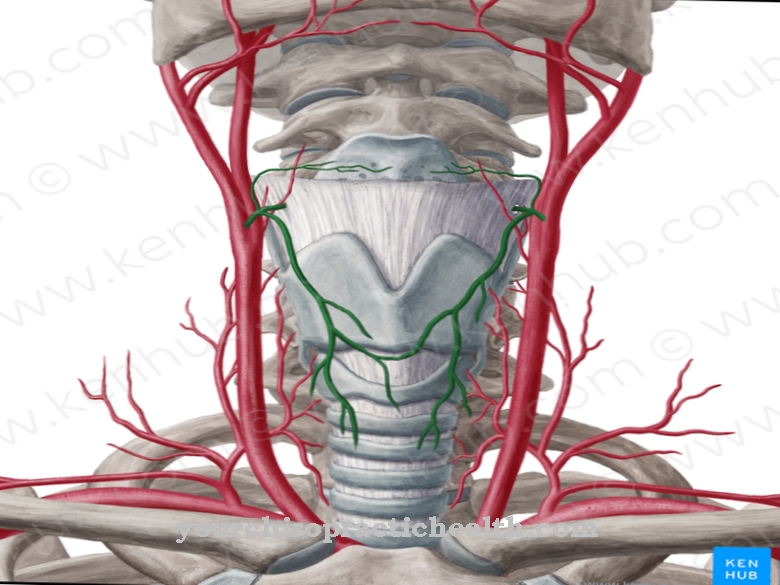






.jpg)

.jpg)
.jpg)











.jpg)